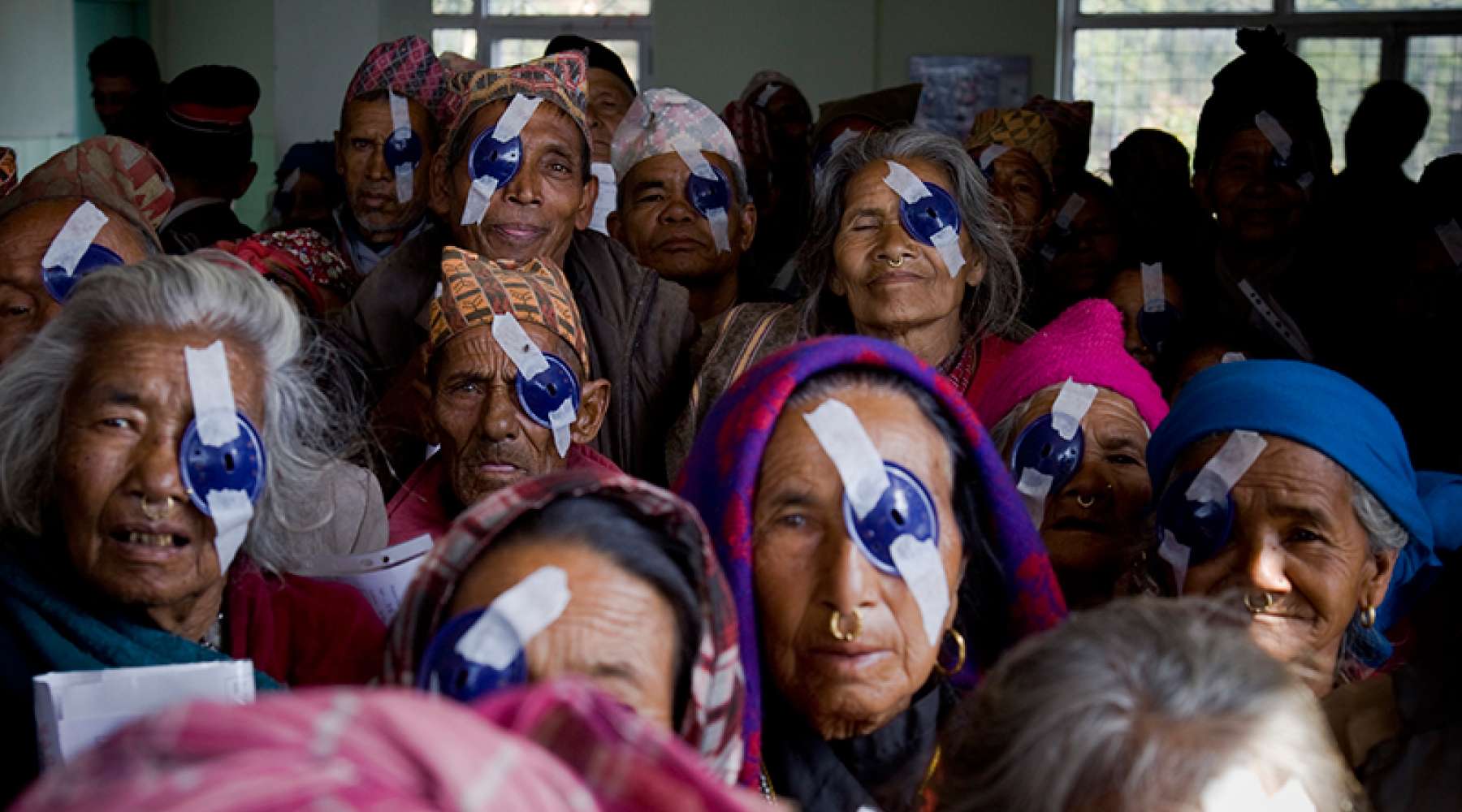
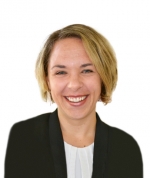 By Vedrana Greatorex T'18
By Vedrana Greatorex T'18There were 40 of them sitting in four rows. Quietly and orderly. Women were dressed in beautiful, bright colored saris with bold shades of reds, yellows and golds gleaming in the morning sun. Men were simply dressed and eyed us with humble curiosity. Many of the women’s feet and palms were covered in bright red. It was before 9am at the Hetauda Community Eye Hospital, and the courtyard was already bustling with activity. The group of patients sitting patiently in front of me had arrived yesterday. Two in-house ophthalmologists performed 40 cataract surgeries the day before, a light day in their book, and were now preparing to remove the eye patches to ultimately determine if the operations were successful. One by one the patches came off. I saw many fingers being held up, as visual acuity was checked. One patient was grinning. In a sea of stern faces, this got my attention, so I asked what was funny. The ophthalmic assistant replied, “I asked him what he saw, and he answered a white person.” We grinned. Our team stood to the side, excited, expectant. I admit, I pretended there was something stuck in my eye as it may have gotten misty.
That morning, 40 eyes regained sight.
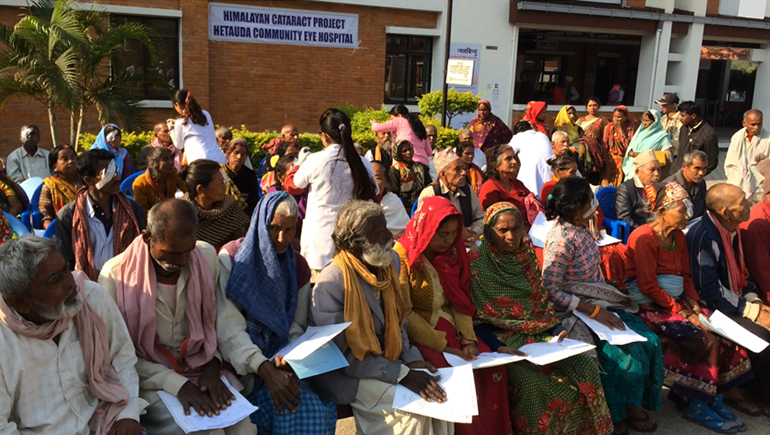
Our team arrived in Nepal as guests of the Himalayan Cataract Project (HCP). The organization was founded by Dr. Sanduk Ruit and Dr. Geoff Tabin, in an effort to raise money and to support their bold mission of curing preventable blindness in some of the poorest and remotest corners of the earth. With the help of HCP and other partners, what started as a humanitarian mission with Dr. Ruit and $120 donation has now grown into the Tilganga Institute of Ophthalmology (TIO) located in Kathmandu. TIO has expanded its reach beyond the country’s capital to twenty eye clinics scattered across all of Nepal. Together, HCP and TIO now serve populations in Ghana, Rwanda, Bhutan, Myanmar, India and Ethiopia.
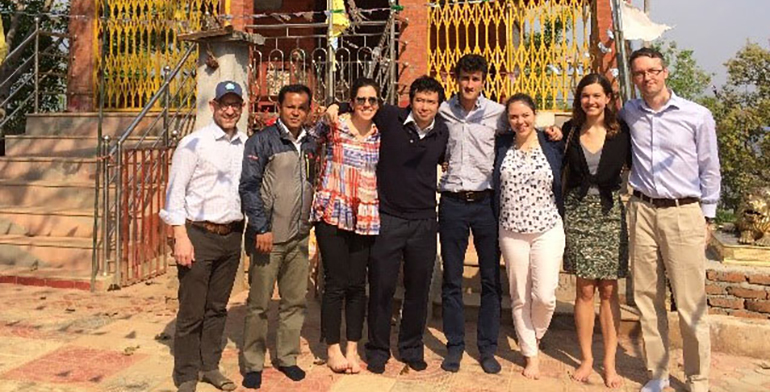
At Tuck, we say that our experience is meant to be personal, connected and transformative. With the absolute dread of sounding like a marketing brochure, this experience, this journey, was transformative for me in a way that I am unlikely to capture in 500 words. Kathmandu is a densely-populated city with bustling traffic, yet it lacks a single traffic signal. Traffic laws are akin to a bumper car ride at a fair, topped with gratuitous honking. Due to its population size and many unpaved roads, the city is dusty and polluted. However, most cars are clean and shiny, their owners taking tremendous pride in keeping their vehicles spotless. Each day we witnessed material poverty, but an abundance of hospitality, pride and joy. During the Holi festival, paint and colored water flew everywhere in a whimsical, celebratory manner, leaving everything covered in bright pigments. And yet, right next to a busy road, where hundreds of celebrants would pass each hour, somebody hung a dozen gleaming white towels to dry in the sun – there was not a spec of pigment on them, a tremendous display of respect and restraint. Old and new coexist; underneath big billboards advertising the latest Samsung technology, telephone poles carry a messy burden of hundreds of wires each. In one photo frame, you could capture women dressed in beautiful saris, women in fashionable western clothing, Buddhist monks in their crimson robes, men in business suits, and young boys with their stylish haircuts modeled after Korean movie stars.
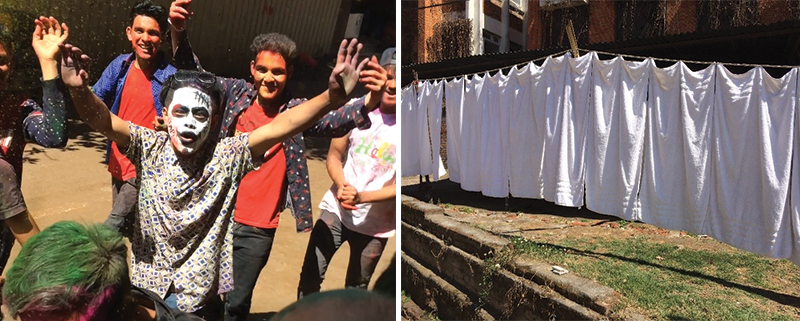
There is poetic justice in Nepal. In order to see some of the magnificent sights, you need to work for it—trekking or riding long hours on rocky roads, a combination of serpentines in the Alps and spring-season dirt roads in New England. But the sights are amazing—the bright white and gold of the Buddhist monasteries, endless, terraced fields on the steep sides of mountains, while never being quite sure if what you see in the far distance are clouds or snowy peaks of the Himalayas.
This is the third year that Tuck students traveled to Nepal during spring break on a global First-Year Project, working with the Himalayan Cataract Project. HCP is an organization curing preventable blindness in some of the poorest and remotest corners of the earth. If you want to read more about the organization, we highly
recommend reading the book by David Oliver Relin called Second Suns, and visiting the organization’s website.